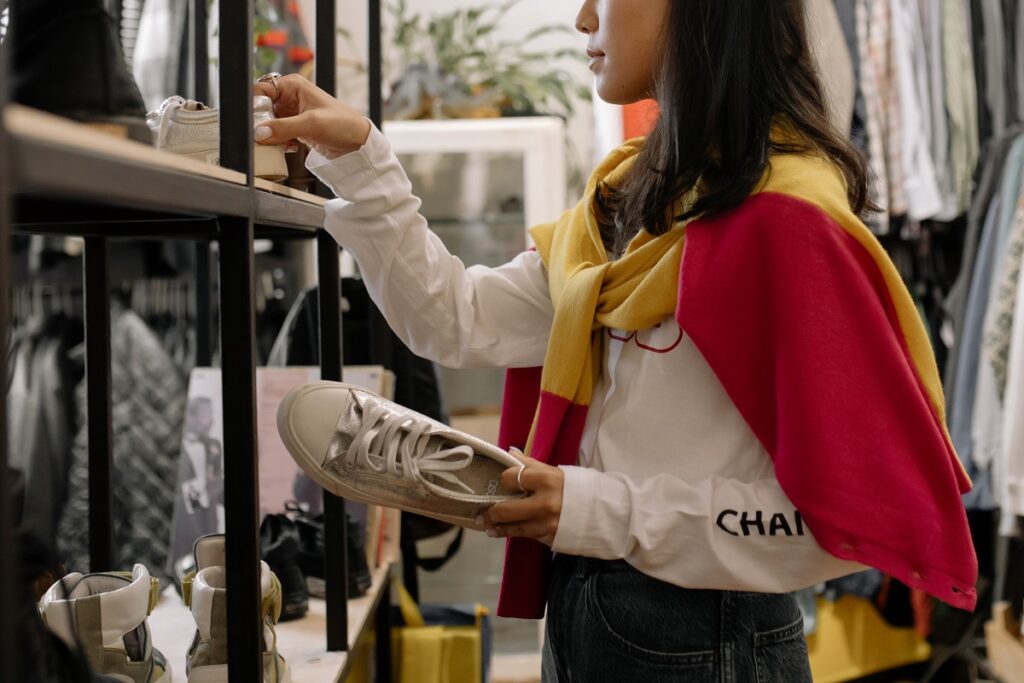Limited edition sneakers have become a hot commodity in the fashion industry, with sneakerheads and collectors alike eagerly seeking out these exclusive releases. As a sneaker reseller or enthusiast, pricing limited edition sneakers correctly is crucial to maximize your profits and attract potential buyers.
In this comprehensive guide, we will explore the key factors to consider when pricing limited edition sneakers and provide you with expert tips and strategies to help you navigate this competitive market successfully.
Understand the Market Trends
Before pricing your limited edition sneakers, it is essential to research and understand the current market trends. Keep an eye on popular sneaker blogs, social media platforms, and online marketplaces to stay informed about the latest releases, resale prices, and demand for specific sneaker models.
By staying up-to-date with market trends, you can make informed pricing decisions and adjust your strategies accordingly.
Consider the Rarity and Exclusivity
The rarity and exclusivity of a limited edition sneaker play a significant role in determining its resale value. Sneaker collaborations with high-profile designers or celebrities, limited production numbers, and unique colorways can significantly increase the desirability and value of a sneaker.
When pricing limited edition sneakers, consider factors such as the scarcity of the release, the hype surrounded the collaboration, and the overall exclusivity of the design.
Evaluate the Condition
The condition of a limited edition sneaker is another crucial factor to consider when pricing your inventory. Sneakers in brand-new, unworn condition will typically command higher prices than those with signs of wear or damage.
Be transparent about the condition of your sneakers when listing them for sale, and accurately describe any flaws or imperfections to set realistic pricing expectations for potential buyers.
Research Comparable Listings
To determine a competitive price for your limited edition sneakers, research comparable listings on reputable online marketplaces such as StockX, GOAT, or eBay. Pay attention to the selling prices of similar sneaker models in similar conditions and use this information as a reference point when pricing your own inventory.
Pricing your sneakers competitively can help attract potential buyers and increase your chances of making a sale.
Factor in Fees and Shipping Costs
When pricing your limited edition sneakers, don’t forget to factor in any applicable fees and shipping costs that may affect your overall profitability. Consider platform fees, payment processing fees, and shipping expenses when setting your prices to ensure that you are covering all associated costs while still making a reasonable profit.
Offering transparent pricing with clear information about additional fees can help build trust with potential buyers and streamline the purchasing process.
Build Your Brand and Reputation
Building a strong brand and reputation as a trusted seller can also impact the pricing of your limited edition sneakers. Provide excellent customer service, communicate promptly with buyers, and deliver on your promises to establish credibility and trust within the sneaker community.
Positive reviews and word-of-mouth recommendations can help attract more buyers and allow you to command higher prices for your inventory.
Stay Flexible and Adapt to Market Changes
The sneaker resale market is dynamic and constantly evolving, with new releases, trends, and fluctuations in demand shaping pricing strategies. Stay flexible and adaptable in your pricing approach, and be willing to adjust your prices based on market conditions, buyer feedback, and competitive pressures.
By staying agile and responsive to market changes, you can optimize your pricing strategies and maximize your profitability in this fast-paced industry.
Conclusion
Pricing limited edition sneakers requires a combination of market knowledge, research, and strategic thinking. Keep these expert tips and strategies in mind as you navigate the world of limited edition sneaker reselling and position yourself for success in this exciting and competitive market.
Key Takeaways
- Stay informed about market trends to make informed pricing decisions.
- Consider the rarity, exclusivity, and condition of limited edition sneakers when setting prices.
- Research comparable listings and factor in fees and shipping costs for competitive pricing.
- Build a strong brand and reputation to attract buyers and command higher prices.
- Stay flexible and adapt to market changes to optimize your pricing strategies.
For further insights and expert guidance on mastering the art of pricing limited edition sneakers, consider enrolling in the FIT x Complex Sneaker Essentials online course and certificate program.
This comprehensive program will equip you with the knowledge and skills needed to succeed in the competitive world of sneaker reselling. Elevate your expertise and take your sneaker business to new heights with FIT x Complex Sneaker Essentials.








